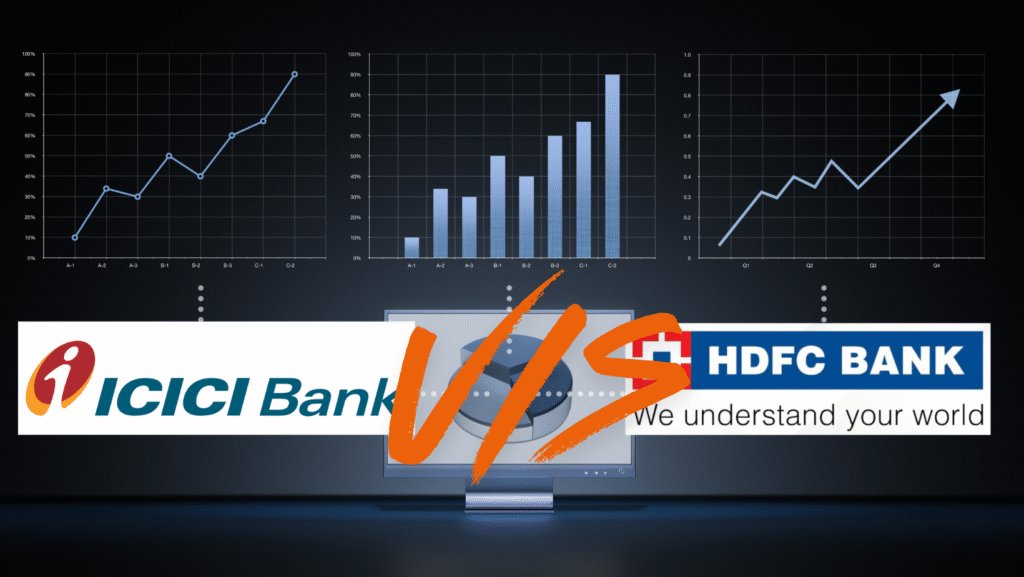
How the RBI’s New Cheque Clearing System Is Creating Chaos for Banks & Customers in 2025
Banks promised real-time cheque clearing—but shocking delays have sparked chaos across India’s banking system. The Gujarat Urban Cooperative Bank Federation urges RBI’s urgent intervention. What hidden glitches and risks threaten your money? Discover the startling truth behind 2025’s banking crisis before it hits your account. Read now!
The banking world in India is facing a shocking disruption as cheque clearing delays spike just weeks after the Reserve Bank of India (RBI) rolled out its ambitious Continuous Clearing System. What was promised as a smart, real-time cheque clearance revolution is causing widespread panic—not only for banks but millions of customers across the country. The Gujarat Urban Cooperative Banks Federation (GUCBF) has now stepped in, urging RBI’s immediate intervention to fix what it calls “unprecedented delays” threatening the entire banking network’s reliability.
The Future of Cheque Clearing: RBI’s Bold New System
Starting October 4, 2025, the RBI launched a game-changing continuous clearing and settlement mechanism under the cheque truncation system (CTS). This system aimed to cut cheque clearance from the traditional 1-2 business days delay to same-day—or within hours—by scanning and electronically transmitting cheque images instantly to clearinghouses. The idea is simple but powerful: instead of waiting for end-of-day batch clearances, transactions would settle hourly, speeding up fund transfers and giving customers near-instant credit.
This phased rollout began with Phase 1 running from October 4, 2025, to January 2, 2026. In this phase, paying banks must confirm cheque status by 7 pm daily, failing which cheques get automatically approved. Phase 2, planned from January 3, 2026, is expected to deepen these efficiencies with even faster cycles.
What Went Wrong? The Hidden Glitches Behind Continuous Clearing
Reality, however, has been far from smooth. Several banks, especially Urban Cooperative Banks (UCBs), have reported severe delays and operational nightmares:
- Return Clearing Delays: GUCBF revealed that return clearing files on crucial dates were received hours late — a delay pushing clearing to the next day or beyond. For example, the return file for October 4, 2025, arrived only at 11:30 pm on October 5, creating a backlog.
- Technical and Integration Issues: Many banks faced problems with scanning cheque images—blurry or unreadable scans led to cheque rejections or reprocessing under older timelines.
- Training Gaps Among Bank Staff: Bankers admitted many employees are yet to master the new system’s requirements, including instant digital image transmission and real-time reconciliation, slowing the entire process.
- Customer Complaints: Frustrated customers report cheque bounce incidents without prior warnings and cheque clearance delays extending beyond 48 hours, defeating the purpose of “real-time” clearing.
This chaotic scenario has not only created widespread confusion but also risked compliance failures—cooperative banks warned about probable defaults in maintaining the mandatory Cash Reserve Ratio (CRR) due to receipt timing mismatches.
GUCBF’s Urgent Call for RBI’s Intervention
Seeing the disruption’s scale, GUCBF’s CEO J.V. Shah sent a strongly worded letter to RBI’s Department of Payment and Settlement Systems. He described the situation as “likely to cause operational bottlenecks, customer dissatisfaction, and reputational challenges” for the banking system.
The federation stressed that delays were no longer limited to small cooperative banks but had spread across private and public sector banks, intensifying the urgency for regulatory action.
In tandem, the National Urban Co-operative Finance and Development Corporation Ltd. (NUCFDC) sought a temporary deferment of the continuous clearing rollout, especially with Diwali’s high cheque transaction volumes looming—a critical warning for India’s festive financial season.
Impact on Banks, Customers, and the Economy
The clearing delays have tangible real-world consequences:
- Operational Disruption: Banks struggle with backlog management, strained resources, and risk technical penalties related to cash reserve compliance.
- Customer Anxiety: Social media buzz reveals growing frustration from individuals and businesses alike. The uncertainty in knowing when funds will be credited affects planning, trust, and satisfaction.
- Reputational Risk: Delays in basic financial transactions undermine customer confidence in India’s banking system, something no lender can afford.
However, it’s worth noting that cheque usage is declining overall—RBI data shows cheque volume dropped from approximately 450 million per month pre-Covid to around 200–300 million by 2025. Still, for sectors like corporate payments, government disbursements, and Cooperative Banks, cheques remain a vital instrument.
RBI’s Response and the Road Ahead
In response to growing complaints, RBI extended the cheque clearing deadline to 11 pm on select days to accommodate backlog clearance. Officials have acknowledged initial teething problems are typical with any major system overhaul and expect smoother operations in the next week or two.
That said, GUCBF and other stakeholders are urging the RBI to consider postponing further phases until existing issues are fully resolved and staff training is upgraded comprehensively. Banks are also investing in better scanning technology and backend integration.
What Should Customers Do Now? Smart Tips to Navigate This Transition
- Stay Informed: Customers should actively inquire with their banks about the current clearing timelines and any changes in cheque processing rules.
- Beware of the 7-Days-a-Week Rule: Under the new system, cheques might be cleared across all days, including weekends and government holidays, unlike earlier practices.
- Consider Digital Alternatives: Where possible, switch to NEFT, RTGS, or UPI for quicker, guaranteed payments as these methods have proven reliability.
- Track Your Cheques: Use mobile apps and bank SMS alerts fully to monitor cheque status rather than waiting passively.
Key Takeaways
- RBI introduced a continuous real-time cheque clearing system from October 4, 2025, aiming for same-day clearance.
- Delays in return clearing files and technical glitches have hampered the system's smooth functioning.
- GUCBF has alerted RBI about severe operational issues, urging immediate intervention.
- Banks face training gaps and legacy system integration challenges affecting cheque processing speed.
- Customers report cheque bounce and delayed credits causing anxiety and mistrust.
- RBI extended clearing deadlines temporarily and is working on solutions; postponement requests for upcoming phases exist.
- Customers should stay informed, use digital payment alternatives, and be aware of new clearing timelines including weekends.
Final Thought: What’s Next for Indian Banking’s Hidden Crisis?
While the vision of instant cheque clearance promises a smarter, faster banking future, the current reality reveals a system in distress—a hidden crisis unfolding quietly across India’s branches and draws. With Diwali just weeks away, the pressure mounts to fix these glitches or face a financial season marred by mistrust and operational gridlock. Will RBI’s intervention calm the storm? Can banks upgrade their tech and training fast enough to save customer confidence? The answer holds the key to India’s banking reputation and the future of cheque payments in a digital age. Stay tuned—this story of India’s banking transformation is far from over.
Disclaimer: The use of any third-party business logos in this content is for informational purposes only and does not imply endorsement or affiliation. All logos are the property of their respective owners, and their use complies with fair use guidelines. For official information, refer to the respective company’s website.

































